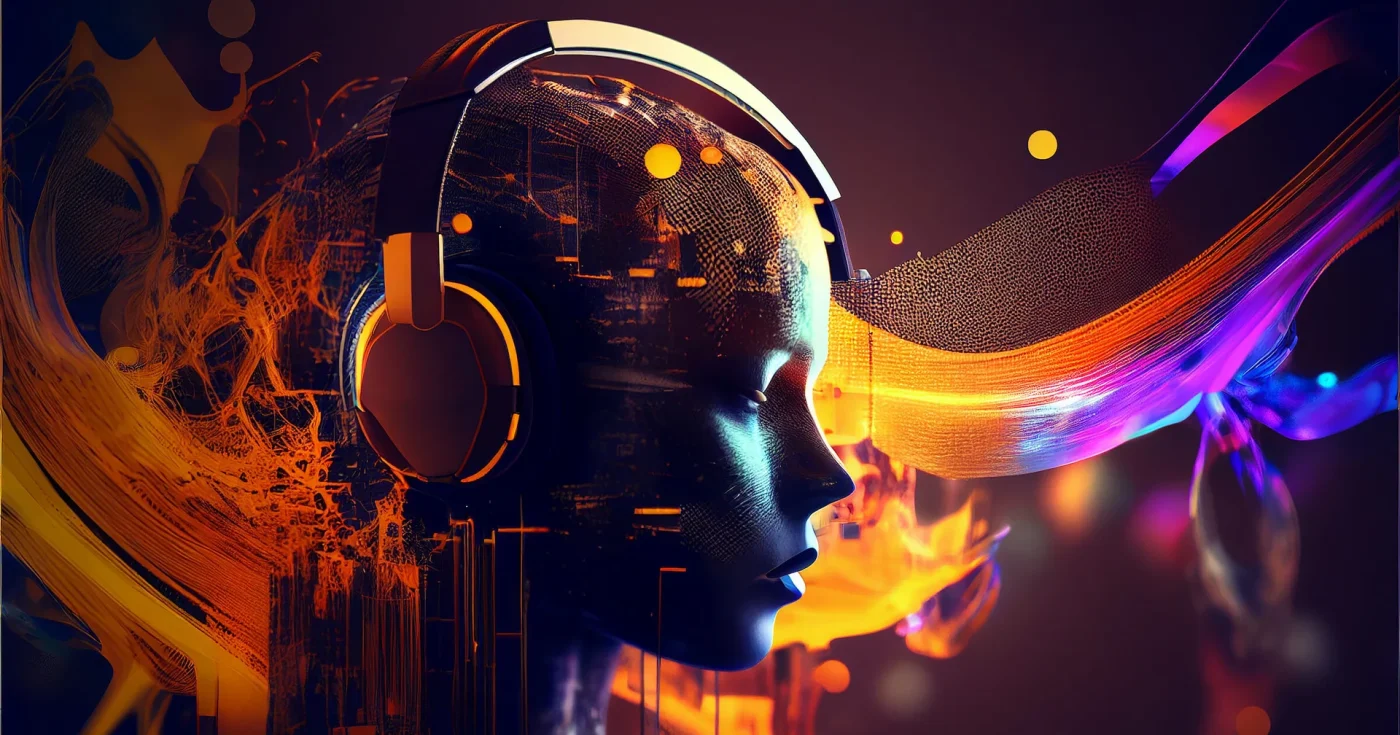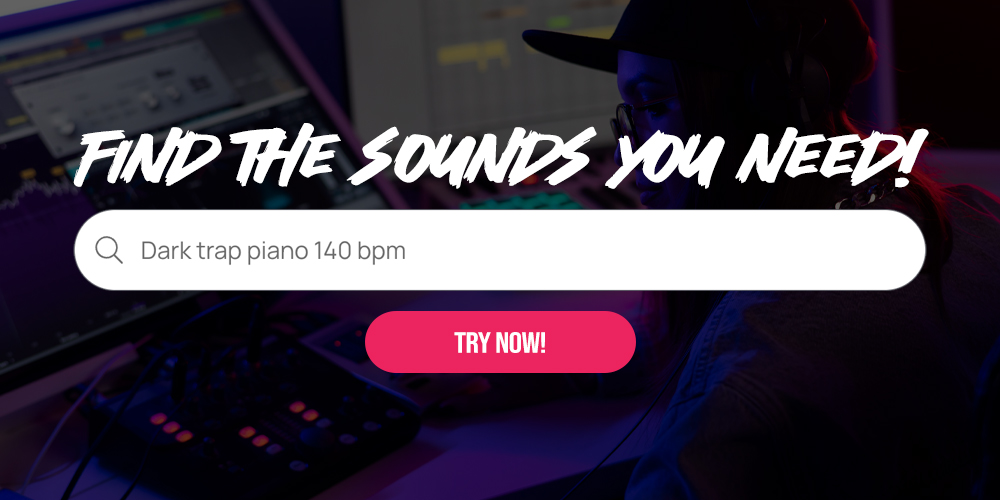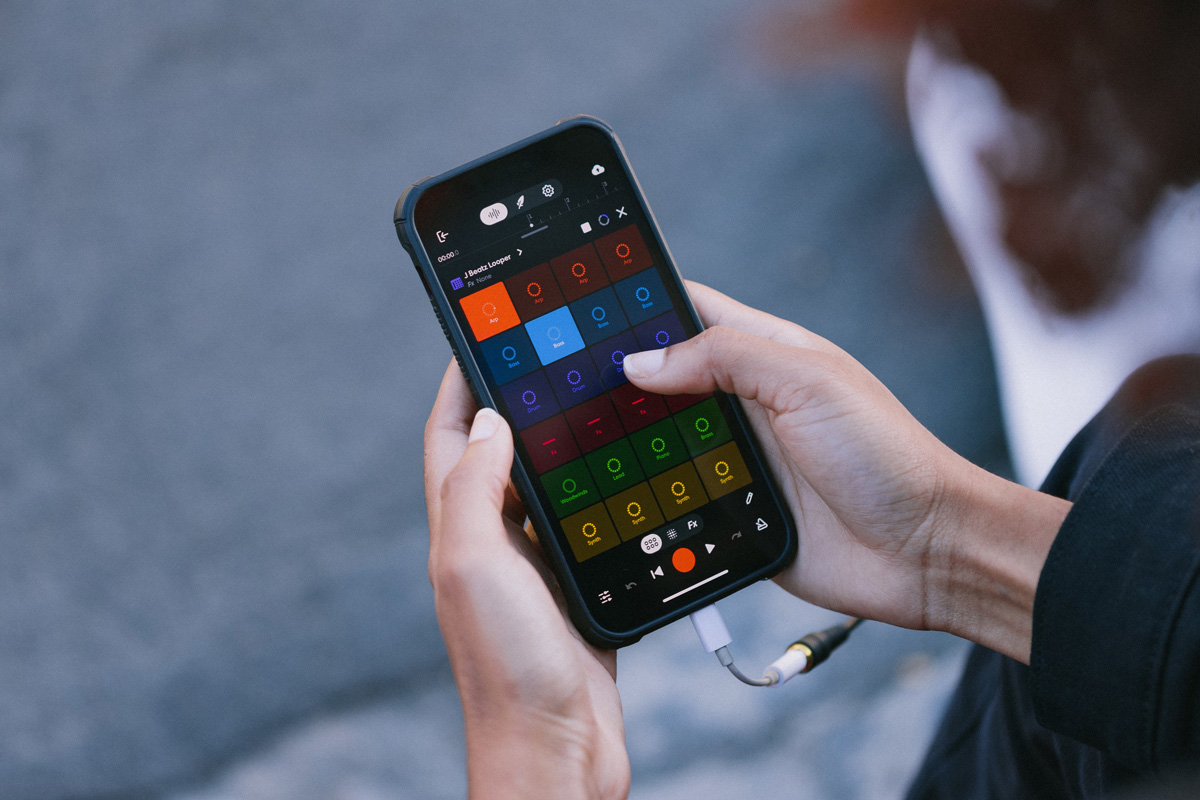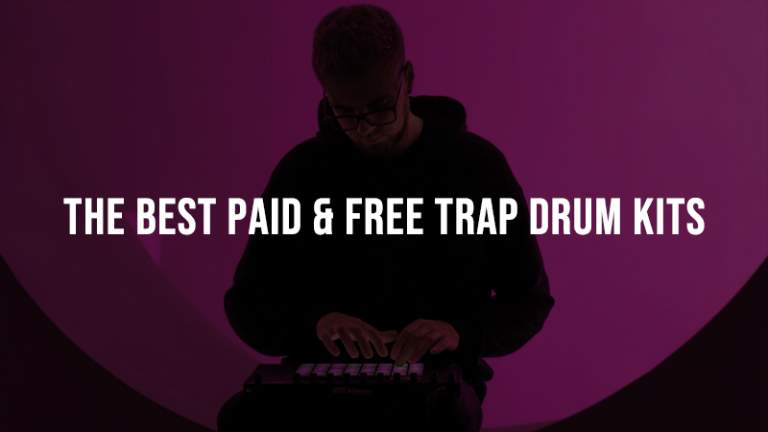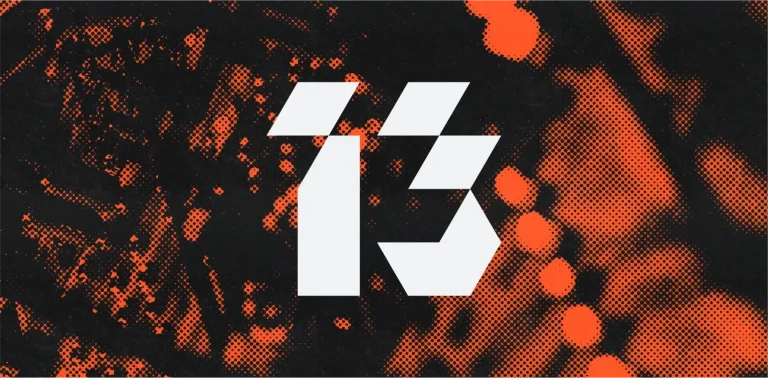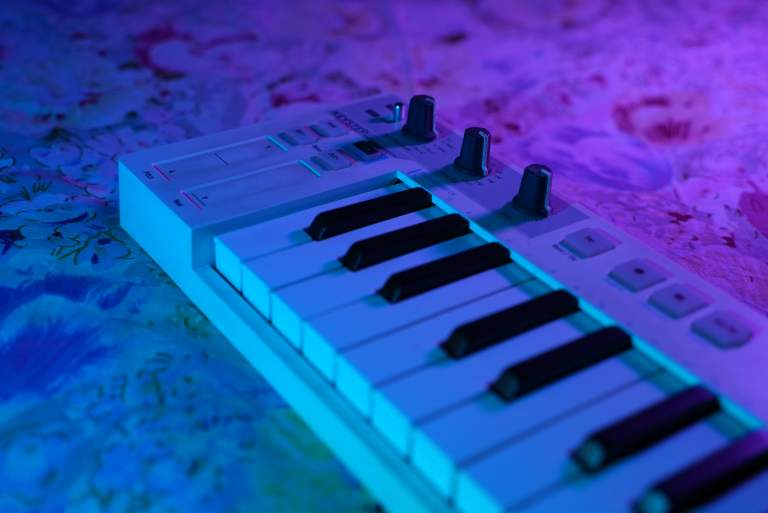The integration of artificial intelligence (AI) into the music industry is gradually advancing, raising intriguing questions from a copyright law perspective.
Table of contents:
Definition and Capabilities of AI
Artificial intelligence is commonly defined as a field dedicated to creating machines capable of solving problems or performing tasks that require intelligence when performed by humans. Machines leveraging AI developments are increasingly infiltrating various aspects of human life. For instance, IBM’s Watson, which demonstrated its capabilities on Jeopardy! by winning against top human players, is now employed in medicine, pharmacy, and law. Watson’s ability to autonomously find correlations within vast data sets results in significant and complex outcomes.
Questions Arising from AI in the Music Industry
The application of AI in the music industry raises several questions. Who is the author of a musical piece created by AI—the AI programmer or the musician? Given that AI utilizes a database of existing works, can the resulting new piece be considered a derivative work? If so, how many works can it be derived from, considering these databases often contain thousands of songs?
AI in Music Creation
In 2016, British musician and producer Alex da Kid used IBM’s Watson BEAT to create and produce the song “Not Easy.” According to IBM, Watson BEAT “understands music and allows artists to alter the sound of their creations based on the mood they wish to convey.” Notably, this song debuted at number 6 on the Billboard Rock Digital Song Sales chart. In this case, the creation and production involved human collaboration.
Another example is the pop song “Daddy’s Car,” created by AI and presented by researchers from Sony CSL Research Laboratory, which emulates the musical style of The Beatles. The arrangement and production were handled by French composer Benoit Carré. The creation process included the following steps:
- A database containing melodies, harmonies (in musical notation), and lyrics (LSDB – Leadsheet database) of 13,000 songs from various genres and artists, primarily jazz and pop, was compiled.
- Using the FlowComposer system, composer Benoit Carré selected the style and created the notation for melody and harmony; in this case, it was “The Beatles” style.
- Another system was used to match fragments of recordings from different songs to the specified harmony and melody requirements.
- Carré then completed the mixing of the resulting output.
Legal Principles
It’s essential to note that the fundamental principle of copyright law is that a work must originate from a human to be protected. In today’s world, it is hard to imagine creators in various art fields not using computer programs, including music creation. However, such works are still considered human creations, with the computer merely serving as an aid. The creative process occurs in the author’s mind, and the computer is just a tool (referred to as computer-assisted work).
A different approach is required for works produced by AI. The freedom given to the machine encompasses decision-making processes regarding all key elements of the final, perceivable version of the work. It’s important to clarify that by “decision-making,” we do not mean the creative process analogous to that of a human creator, but rather a process where the outcome is uncertain, random, expected, yet the final form is unknown.
It seems that a musical work produced by AI cannot be recognized as a work under copyright law, as its creator is not human. The argument that the framework of such a creation is determined by the input data provided by a human (the programmer) does not hold. The unexpected result, generated by AI processing these data, indicates that the human role lacks the characteristics of creative intervention.
Such a creation also cannot be considered a derivative work. Given that the database from which AI draws consists of thousands of works, it would be impossible to determine which one it is a derivative of.
Commentary
In my opinion, the closest legal construct is the related right to a phonogram, which is the right to the first fixation of a sound recording, including other acoustic phenomena. Although this construct was not developed with AI in mind, it currently seems to fit AI-generated works best. This means that the right would belong to the producer who, for example, uses AI work under a license.
On a related note, given that this year the humanoid AI named Sophia was granted citizenship in Saudi Arabia and independently answered journalists’ questions at a conference without its creators (Hanson Robotics), perhaps the time is approaching for a serious debate on the concept of an e-person, which would also impact the structure of copyright law.




